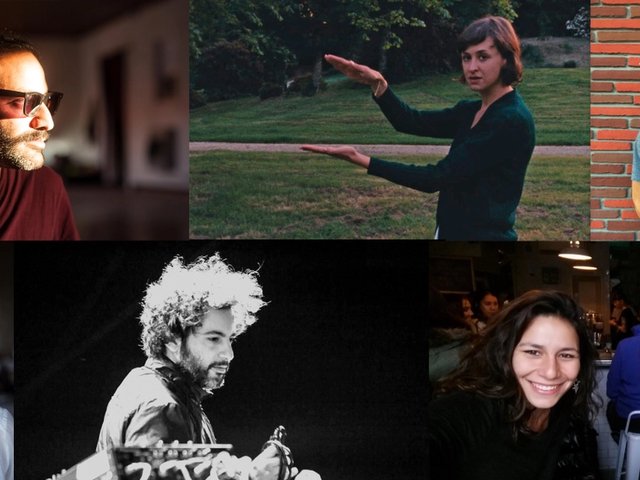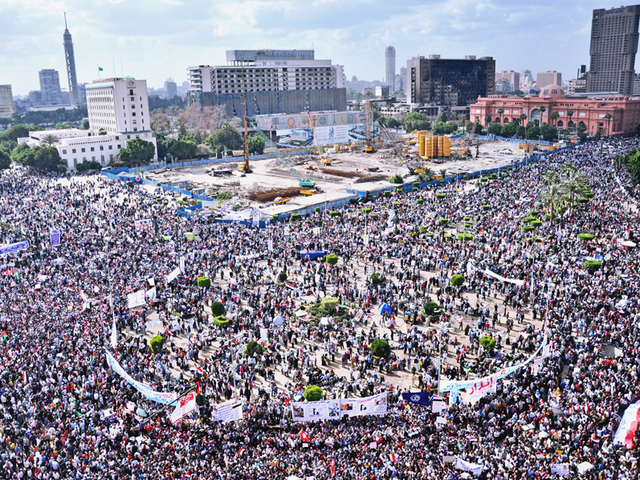The second edition of an initiative that brings ambitious new works by Arab artists to institutions in Europe and the US has launched. The selected artists for this year’s Consortium Commissions scheme include the Lebanese multi-disciplinary artist Haig Aivazian; the Jerusalem-based filmmaker Inas Halabi; London-based artist and composer Joe Namy; and Lydia Ourahmane, a multi-disciplinary artist based in Algiers. Consortium Commissions is coordinated by the Brussels-based, non-profit organisation Mophradat.
The latest works are due to be developed and presented over the next two years. Aivazian’s film All of the Lights is due to be shown at the Renaissance Society in Chicago in November and at the Showroom in London next March. Namy’s installation, Designed as a Dance Floor, which examines the “subversive role of loud music”, will be shown at Portikus in Frankfurt in June and at the Renaissance Society in November. Other participating venues across nine locations include Alkantara in Lisbon and Spielart in Munich.
"The collaborative aspect matters," says Mai Abu ElDahab, the director of Mophradat. “Institutions are not hosting Mophradat commissions but are curatorially invested in the entire process, and that’s the important shift in how the programme is set up,” she says. The scheme is supported by the New York-based Ford Foundation, among others. ElDahab explains that the chosen artists do not all receive the same amounts as it is based on different considerations.
“Some artists simply receive the budget they request based on the needs of the project, and that’s sometimes less than $20,000; others are at a stage in their practice when we ask them for a budget based on a smaller budget ($10,000) because it is more suited to the scale of their production.” The work remains the property of the artists, ElDahab says, adding: “We do ask for some production costs to be reimbursed if the work is sold within a certain period after its completion.”
Asked who benefits from the initiative, ElDahab says: “Mophradat fulfils its mandate to give visibility to artists from the region who are engaging in important critical work; the artists get to make a new project freely without financial pressure and knowing where it will be presented so they are, for some time at least, facing less professional precariousness and insecurity. The partner organisations get access to knowledge from art scenes across a whole region that they might not be familiar with.”
Basma Alsharif, a Palestinian-US artist, and the Egyptian-Polish filmmaker Jasmina Metwaly participated in the first edition which launched 2018. “The first edition of the project went exceedingly well with some incredible outcomes: for example, the opportunity for Alsharif to have a solo show at MOCA Toronto alongside a retrospective of Chantal Ackerman,” says ElDahab.
Metwaly’s three-channel video installation, Anbar (2019) was recently shown at the Hammer Museum in Los Angeles (the KW Institute for Contemporary Art in Berlin also partnered on producing the work). The artist tells The Art Newspaper: “Consortium Commissions is a platform that allows for more extensive research to be brought forward in a form of an international collaboration, creating links and connections that otherwise wouldn't happen.”
Her work explores the symbolic significance of military uniforms in Egypt since the 2011 revolution. The video piece intertwines three different narratives involving a former conscripted soldier, a tailor and an activist filmmaker who are all connected to the Egyptian military. The work takes on extra resonance following the death of former president Hosni Mubarak last month.




